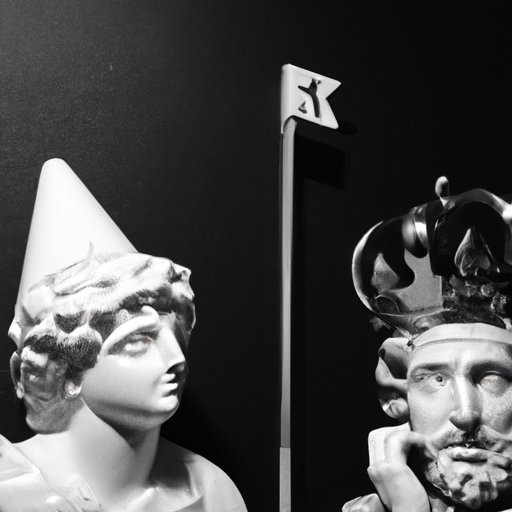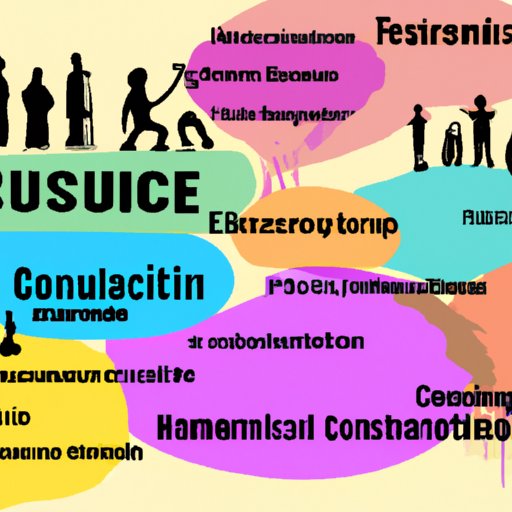Introduction
High culture is a concept used to refer to the intellectual and artistic pursuits of the upper classes. It involves an appreciation for the fine arts and humanities, as well as an understanding of the history, philosophy, and literature associated with these pursuits. This article will explore what is high culture, the elements that define it, the influences on high culture, the historical significance of high culture, examples of high culture throughout history, the relationship between high and popular culture, and the impact of high culture on society.
An Overview of High Culture
The term “high culture” is often used to describe the activities, interests, and tastes of the upper classes. High culture is generally associated with the arts, such as painting, sculpture, music, theater, ballet, opera, and literature. It also includes activities such as attending concerts or plays, visiting museums, and reading books.
What Constitutes High Culture?
In order to understand what constitutes high culture, one must first consider the elements that define it. These include social standing, education, wealth, and refined taste. Social standing refers to the level of respect and prestige associated with certain activities, interests, and tastes. Education refers to the knowledge and understanding of the history, philosophy, and literature associated with high culture. Wealth is a factor in determining access to high culture, as many activities, interests, and tastes associated with it are expensive. Finally, refined taste refers to the ability to appreciate and understand the finer points of the arts, humanities, and other areas associated with high culture.
Influences on High Culture
Religion, politics, and society all play a role in shaping high culture. Religion can influence which activities, interests, and tastes are deemed acceptable. Politics can determine which activities, interests, and tastes are supported by the state. And finally, society can dictate which activities, interests, and tastes are popular or fashionable.

Historical Significance of High Culture
High culture has played an important role throughout history. In ancient civilizations, high culture was used to distinguish the ruling classes from the masses. During the Renaissance period, high culture was used to express the ideals of the period, such as humanism and the revival of classical learning. And during the Enlightenment era, high culture was used to promote the ideals of the period, such as reason, science, and progress.

Examples of High Culture Throughout History
Throughout history, there have been various examples of activities, interests, and tastes that are considered high culture. Music has been used as a form of high culture since ancient times. Art, such as painting and sculpture, has been used to express the ideas and values of upper classes. And literature, such as poetry and prose, has been used to convey the thoughts and feelings of those who partake in high culture.

Relationship Between High and Popular Culture
The relationship between high and popular culture is complex. The evolution of popular culture has been influenced by high culture, as trends and fashions have been adopted from the upper classes. Similarly, high culture has been influenced by popular culture, as some forms of high culture, such as jazz and hip hop, have their roots in popular culture.
Impact of High Culture on Society
High culture has had a significant impact on society. Economic benefits have been derived from the patronage of the arts by the upper classes. Social changes have been brought about by the exposure to new ideas and values associated with high culture. And finally, cultural preservation has been achieved through the maintenance of traditions and customs associated with high culture.
Conclusion
In conclusion, high culture is a concept used to refer to the activities, interests, and tastes of the upper classes. It involves an appreciation for the fine arts and humanities, as well as an understanding of the history, philosophy, and literature associated with these pursuits. High culture has played an important role throughout history, and has had a significant impact on society. The relationship between high and popular culture is complex, but both have influenced each other over time.
(Note: Is this article not meeting your expectations? Do you have knowledge or insights to share? Unlock new opportunities and expand your reach by joining our authors team. Click Registration to join us and share your expertise with our readers.)
